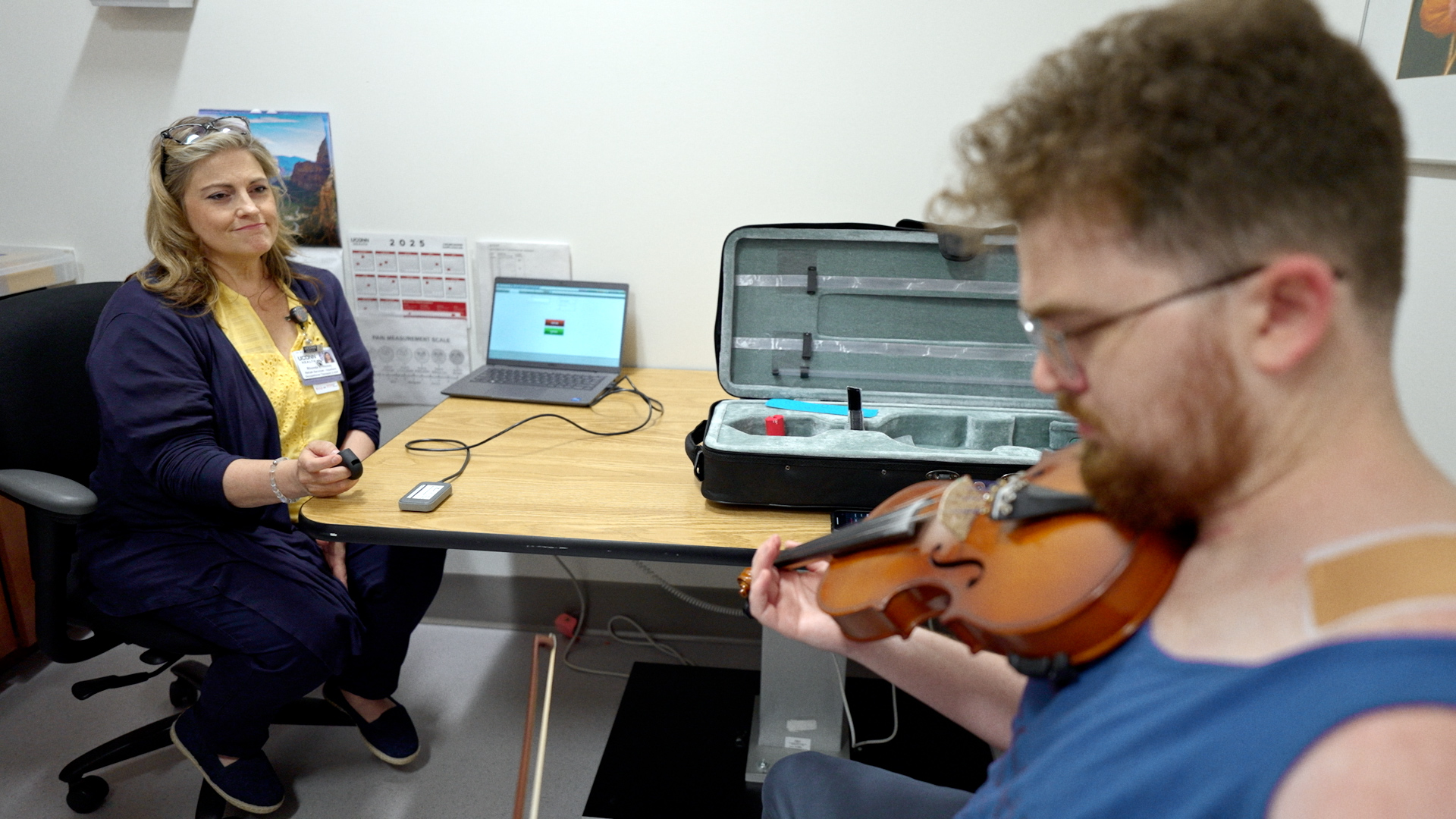 Dr. Guiling Wang, associate professor of Civil & Environmental Engineering, was awarded more than $275,000 in funding by the National Oceanic & Atmospheric Administration (NOAA) to conduct research aimed at identifying and understanding the interactions among soil moisture, vegetation and precipitation over North America. The research is expected to contribute toward NOAA’s Climate Prediction Program for the Americas (CPPA).
Dr. Guiling Wang, associate professor of Civil & Environmental Engineering, was awarded more than $275,000 in funding by the National Oceanic & Atmospheric Administration (NOAA) to conduct research aimed at identifying and understanding the interactions among soil moisture, vegetation and precipitation over North America. The research is expected to contribute toward NOAA’s Climate Prediction Program for the Americas (CPPA).
Dr. Wang said existing theoretical and numerical modeling studies support the notion that North America’s precipitation is strongly influenced by land surface conditions such as soil moisture and vegetation. Land surface states can therefore potentially be used as hydrological predictors. The application of surface conditions in operational forecasts, however, has been limited by the lack of observational evidence for the interrelationships among soil moisture, vegetation and precipitation. Her research team will analyze existing observational data and attempt to relate soil moisture and vegetation growth across the U.S. with hydrological activity occurring in the surrounding areas as well as globally. From these analyses will emerge forecasting models that will be useful in predicting droughts, monsoon-like weather and other hydrological events.
Of the three major factors, she said soil moisture poses the greatest challenge in terms of data availability. “Unlike rainfall or vegetation, soil moisture is extremely difficult to measure using remote sensing, and it is quite labor intensive to measure on the ground. Across the U.S., there is reliable soil moisture data for only Illinois, where the Illinois State Water Survey set up a soil moisture network consisting of 20 stations state-wide starting in the early 1980s. For the rest of the continental U.S., we’ll rely on model-generated soil moisture.”
 “We view vegetation as a potential predictor of hydrological conditions. While it is apparent to non-hydrologists that vegetation responds to hydrological conditions, the opposite process may not be as obvious, i.e., vegetation provides the lower boundary condition for the atmosphere. Through its impact on evapo-transpiration and surface reflectivity, vegetation influences precipitation as well.” Vegetation density is measured using a “leaf area index” drawn from satellite data, according to Dr. Wang. The team will review so-called antecedent vegetation, which is leaf index data recorded prior to a hydrological event.
“We view vegetation as a potential predictor of hydrological conditions. While it is apparent to non-hydrologists that vegetation responds to hydrological conditions, the opposite process may not be as obvious, i.e., vegetation provides the lower boundary condition for the atmosphere. Through its impact on evapo-transpiration and surface reflectivity, vegetation influences precipitation as well.” Vegetation density is measured using a “leaf area index” drawn from satellite data, according to Dr. Wang. The team will review so-called antecedent vegetation, which is leaf index data recorded prior to a hydrological event.
Dr. Wang and her colleagues will also consider how this interrelated system is affected by both localized hydrological events and gross hydrological activity activated by oceanic forcing. Distinguishing their relative influences is challenging. “There is no easy way to do this. We rely on statistical relationships based on historical data. There are two factors that can influence rainfall in a specific location: global oceanic forcing through atmospheric circulation; and land surface conditions – local and nonlocal soil moisture, for example. We first filter out the impact of the global oceanic forcing; we then try to establish a relationship between local and non-local soil moisture and the rainfall anomalies that can not be explained by large-scale oceanic forcing.” Rather than collect the ground hydrological data – a process that would produce data sets that are both too localized and too short in duration for useful analysis, she will employ data derived from archived observational data collected over the last four to five decades.
Dr. Wang hopes to demonstrate the “positive feedback” between soil moisture/vegetation and precipitation. She explained that “A positive vegetation feedback means that a greater amount of the vegetation leads to greater rainfall – which then favors more vegetation growth. Negative vegetation feedback would be assumed if greater vegetation density is found to somehow suppress rainfall (which then reduces vegetation growth if growth is limited by water).”
She and her colleagues expect this project will enable hydrologists to consider land surface conditions as important predictors in operational climate prediction at the seasonal and sub-seasonal time scales.



